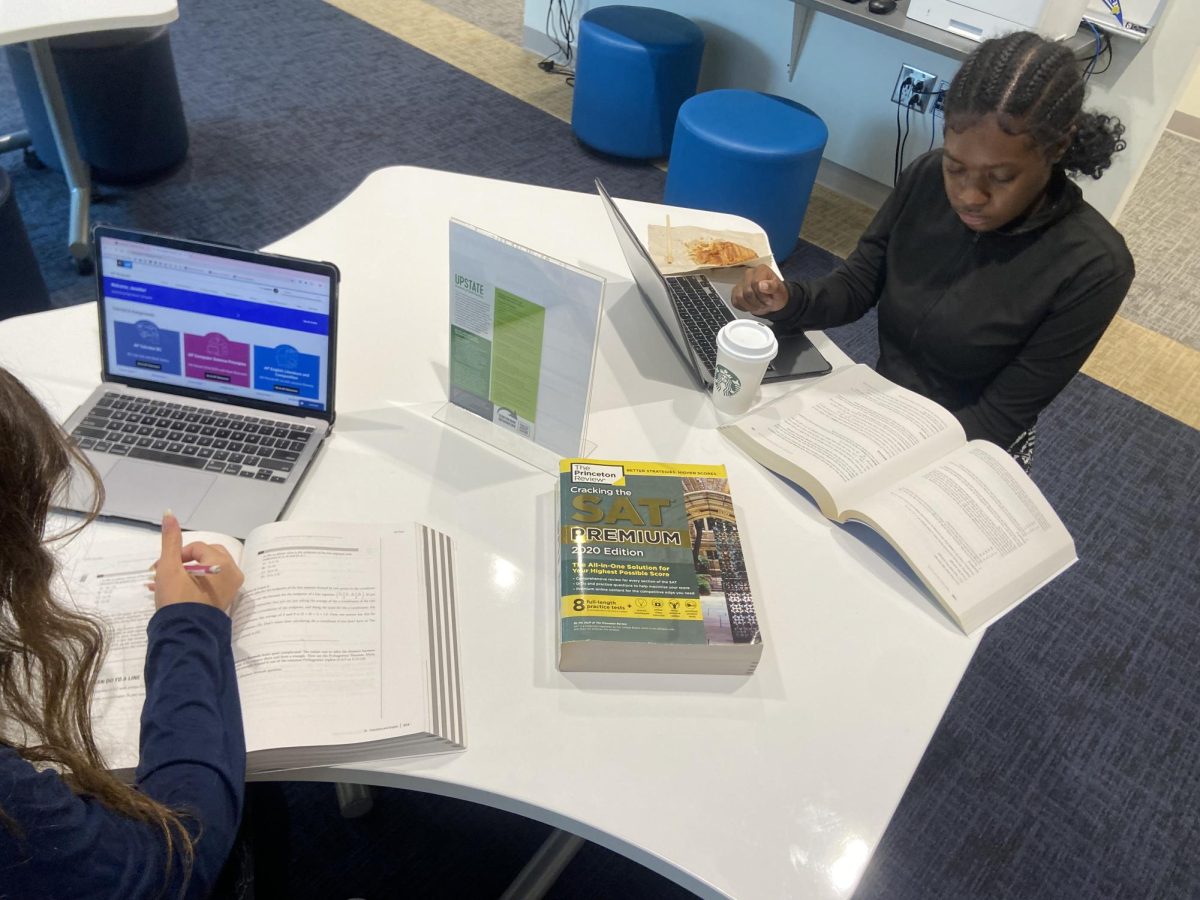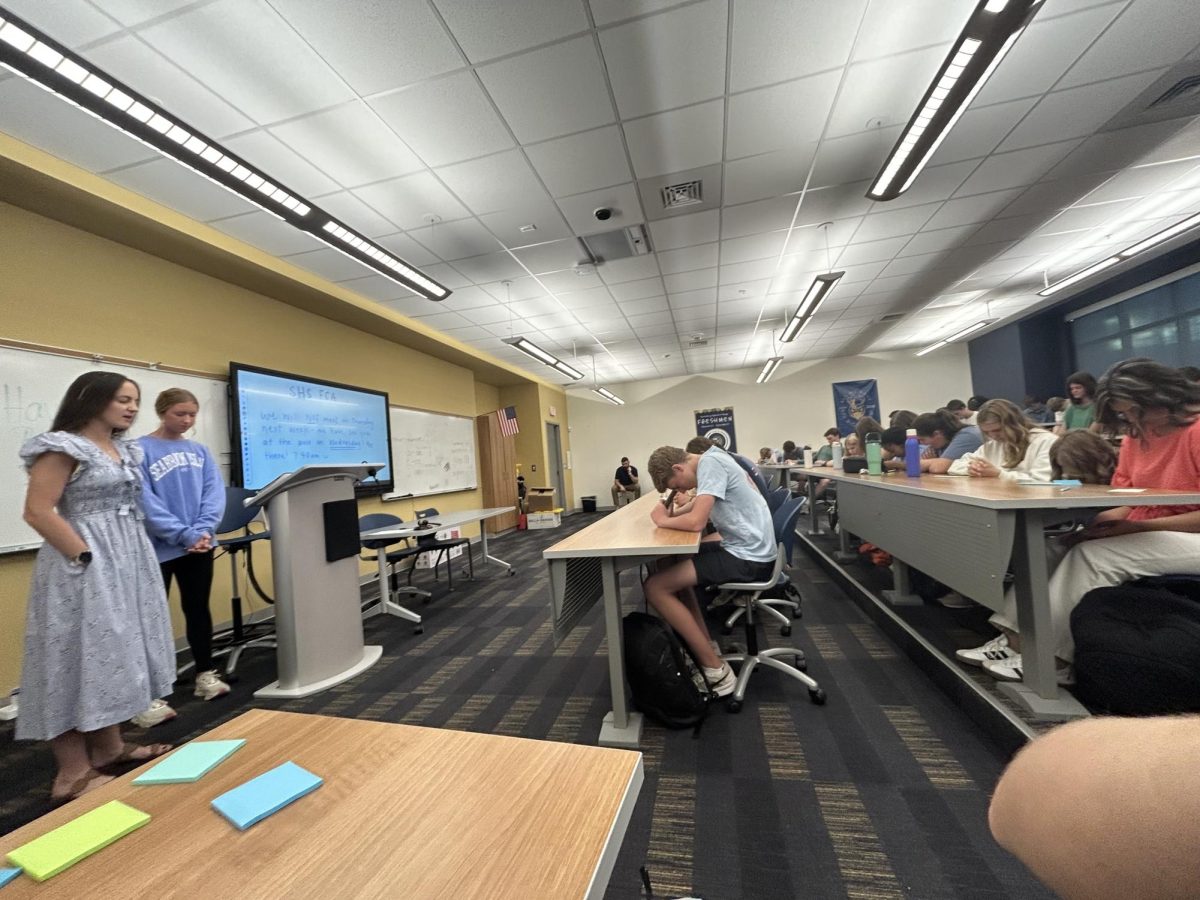As students prepare for college and beyond, many look toward the ACT or SAT to boost their college applications. The ACT and SAT are standardized tests used to show college preparedness on applications in the United States. Since the pandemic, many colleges and universities have gone to a test-optional policy. However, for the 2025 graduates some have gone back to requiring scores. It can be confusing to understand the differences between the ACT and SAT and to understand which would be best for getting into a particular college. The primary differences between the two tests are sections, time, scores and format.
Ace Johnson (12) has taken the ACT and believes it has easier questions as opposed to the SAT.
“I know that the ACT has easier questions, but less time, and that it has a science portion and only one math portion, as opposed to the SAT where there are two math sections,” Johnson said.
While both these tests seem similar at first, assessing English, reading and math abilities, the ACT also has an optional essay and a testing section in science. Therefore, students who are interested in pursuing a STEM-related major or career might lean towards the ACT. The ACT has a total of 215 multiple-choice questions and gives test takers two hours and 55 minutes to complete them. If the test taker selects the essay, an additional 40 minutes is added. The SAT has a total of 98 multiple-choice questions, with a time limit of two hours and 15 minutes.
The highest possible score on the SAT is 1600, with 800 points available for each section. The highest ACT score available is a 36, which is taken from the average of the four sections. For both standardized tests, students can use what’s called a “superscore.” This means students can take the best section scores from any attempt and add them together.
In preparation for the SAT, multiple websites offer practice tests such as Bluebook, Kahn Academy and College Board. Bluebook offers up to six full-length practice tests, allowing students to view missed questions with an explanation of the correct answer. Bluebook also allows students to preview the test tools and layout of the SAT because this is the platform where students take the digital SAT. Khan Academy also provides free resources specifically designed for the digital format of the SAT, covering math, English and reading.
Maya Fleifel (12) has only taken the SAT and used Bluebook to prepare.
“I found that Khan Academy is a helpful tool to use for studying. They have a digital SAT prep course. Taking practice tests on Bluebook could also be very helpful,” Fleifel said.
There are significantly fewer preparation courses for the ACT but because it is like the SAT, prepping for one will often help on the other. ACT.org sells official ACT preparation guides every year to help students get ready. The book includes nine total practice tests, advice on how to prepare mentally for the test, and tips and strategies on how to boost scores. Regarding the sections of the ACT, it is recommended to study punctuation and grammar for the English section, pre/basic Algebra for the math section, reading strategically (skimming the passage as opposed to reading it all and reading the question before the passage) for the reading section, and reading and understanding graphs and charts for the science section.
Nick Rhoden (12) has taken the SAT multiple times, researching and practicing to earn his highest score.
“I have taken the SAT. To prepare for the SAT, I went into Bluebook and took multiple practice tests. I also did some research to understand how the adaptive questions worked and related to scoring,” Rhoden said.
One final note, the ACT is offered online or on paper, while the SAT has moved exclusively to a digital format.









